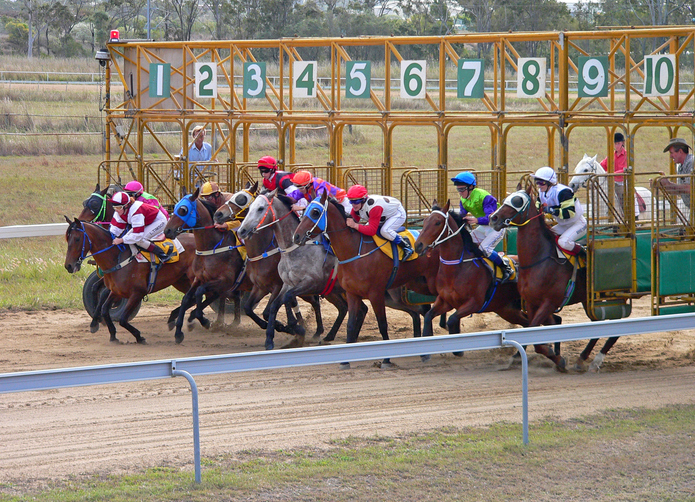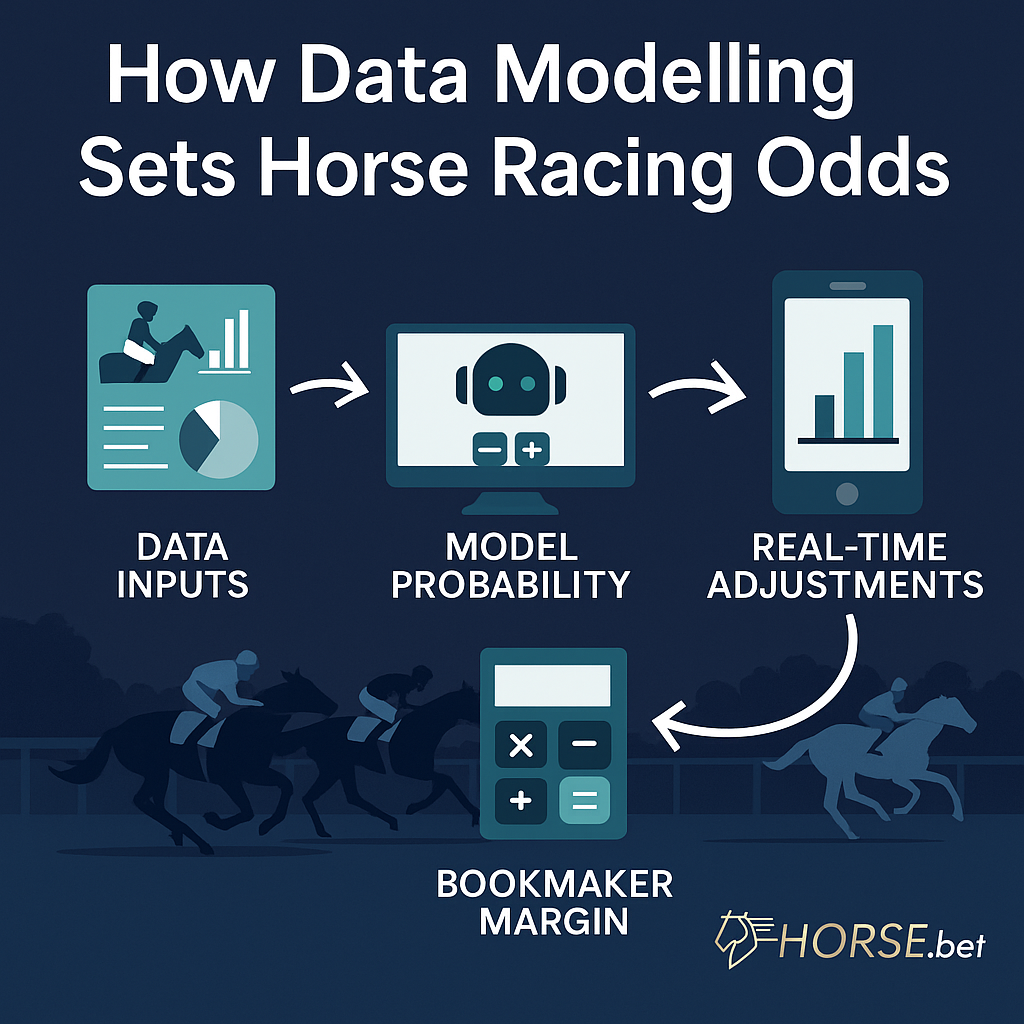Horse racing in the United States has long been synonymous with tradition, spectacle, and wagering. But as 2025 unfolds, the industry faces a familiar duality: declining traditional metrics like attendance and race days, alongside surging growth in digital betting platforms. Using fresh data from 2024 and mid-2025, this article breaks down where the market stands today—examining handle, attendance, and digital growth—and forecasts what we might expect in 2026.
Handle in 2024 and 2025: Slippage Continues, But Not Without Hope
In 2024, the U.S. horse racing market posted a total handle of approximately $11.26 billion, reflecting a 3.35% decline from 2023. The downward trend has extended into 2025. According to Equibase, total wagering in the second quarter of 2025 dipped by 2.38% compared to the same quarter in 2024, coming in at $3.28 billion. For the first half of the year, total handle stands at $5.79 billion, down 2.77% year-over-year.
This consistent, albeit modest, decline in betting handle is largely attributed to several structural shifts:
- Fewer race days and races held, with ongoing track closures.
- A declining foal crop, which limits the number of competitive horses.
- The aging demographic of horse racing fans, with fewer young bettors engaging with the sport.
As Equibase’s latest report notes, race days dropped from 2,927 to 2,846 in Q2 2025 compared to Q2 2024, and the number of races held also declined by 0.86%.
Purses Hold Steady, Signaling Financial Confidence
Despite declining handle, purse sizes have continued to increase modestly, showing financial resilience in the sport. In 2024, total purses hit $1.312 billion, a 0.49% increase from the year prior. Through mid-2025, purses remain stable, which signals that stakeholders are still investing in competitive racing—even as total wagering volume shrinks.
This may be due in part to subsidies from state gaming revenues and the increased spotlight on marquee events, which continue to draw substantial betting and sponsorship.
Attendance: Highs and Lows in a Mixed Recovery
Attendance remains a tricky indicator. While marquee events continue to pull impressive crowds, everyday racing meets are still struggling. The 2025 Kentucky Derby saw 147,406 fans attend live at Churchill Downs, an impressive number, albeit still short of pre-COVID highs (Wikipedia).
But outside these headliners, on-track attendance is faltering. According to a long-term study by The Jockey Club, total U.S. race attendance has declined by 30% since 2000, and total races have dropped from 74,000 in 1989 to around 33,453 in 2022.
Some tracks—like Saratoga—have bucked the trend. Others, like Golden Gate Fields, have announced full closures due to economic pressures and dwindling foot traffic.
Online Betting: A Digital Lifeline
If there’s one clear growth engine in U.S. horse racing, it’s online and mobile betting.
Thanks to greater digital access and legal reforms, online horse race betting now accounts for a majority share of all handle in the U.S.—with some sources estimating it at 65% or more.
A report by Global Market Statistics forecasts that the horse racing market will grow at a compound annual growth rate (CAGR) of 8.74% from 2024 to 2029, fueled largely by digital platforms and mobile wagering apps. North America, in particular, is seen as a key driver of this growth.
This digital wave is powered by:
- Seamless mobile interfaces like TwinSpires, TVG, and NYRA Bets.
- In-race live betting and fixed-odds wagering innovations.
- Legal betting expansion in states like Kentucky, New Jersey, and Colorado, where racetracks partner with sportsbooks.
According to The Plaid Horse, these platforms also appeal to younger bettors more comfortable with mobile-first experiences. Industry insiders believe that as user experience continues to improve, online handle will likely be the only growing channel of betting by 2026.

Let’s Take a Look at Kentucky Derby 2025
Despite broader declines in total betting, the 2025 Kentucky Derby broke several wagering records:
- $234.4 million bet on the Derby race alone.
- $349 million wagered on the full Derby day card, setting an all-time high (Horse Racing Wrongs, Wikipedia).
These numbers underscore the enduring appeal of marquee events and their power to offset losses elsewhere in the calendar. However, this performance may be more of an outlier than a trend—especially as everyday meets face consistent declines.
Structural Challenges Still Loom
Despite digital progress, racing’s demographic problem persists. According to OddsTrader, the average horseplayer remains older, and engagement among Gen Z and millennials remains worryingly low.
Meanwhile, participation among owners and breeders is shrinking. The foal crop—a vital measure of racing’s future supply—continues to decline annually. Add in equine safety concerns, animal welfare debates, and political scrutiny, and it becomes clear that the future of the sport depends on substantial reform and innovation.
Our 2026 Forecast: Where Are We Headed?
Based on data from 2024 and 2025, here’s what Horse.bet team expect to see in 2026:
Handle Likely to Continue Declining Slightly
If the current rate of decline (2–3% annually) continues, we may see total handle fall below $11 billion in 2026. Without major reform or growth in casual betting, this trend will likely hold.
Online Betting to Drive Growth
Online and mobile platforms could see a CAGR of 9–10%, potentially eclipsing 70–75% of total U.S. handle by 2026, depending on state-level policy support and innovation in platform design.
Attendance Will Stay Event-Driven
Marquee events will continue drawing strong crowds, especially as post-pandemic travel normalizes. But smaller tracks may continue to suffer unless they innovate in experience and outreach.
Racing Will Need to Evolve
To stay relevant, the sport will need to:
- Expand fixed-odds and live in-play betting.
- Embrace data-rich, app-first engagement tools.
- Improve animal welfare practices to enhance public trust.
If done right, 2026 could be a stabilizing year. But if trends go unaddressed, the decline in racing’s footprint will likely accelerate.
Horse Bet Editor’s Note: A Pivotal Moment for the Industry
The U.S. horse racing market in 2025 reveals a sport at a crossroads. Traditional metrics—like live attendance and total wagering—are on a slow decline. But the surge in online betting and digital access gives racing a path forward. If the industry invests wisely in digital platforms, regulatory modernization, and fan engagement, 2026 could usher in a stronger, more sustainable era.
But time is running short. Betting trends are shifting. Younger fans are elusive. And the public demands a modern, responsible, and engaging racing experience.
The question isn’t whether racing can survive—it’s whether it can evolve fast enough.
You may also want to explore the best sites for horse betting in the UK.





































































